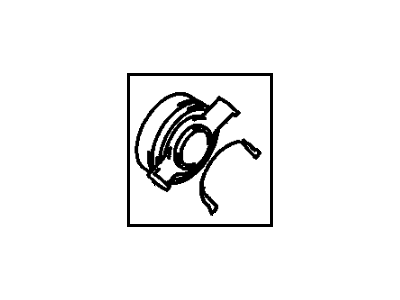
My Garage
My Account
Cart
Genuine Pontiac Vibe Release Bearing
Clutch Release Throw Out Bearing- Select Vehicle by Model
- Select Vehicle by VIN
Select Vehicle by Model
orMake
Model
Year
Select Vehicle by VIN
For the most accurate results, select vehicle by your VIN (Vehicle Identification Number).
2 Release Bearings found
Pontiac Vibe Release Bearing
Each OEM Pontiac Vibe Release Bearing we offer is competitively priced and comes with the assurance of the manufacturer's warranty for the part. Furthermore, we guarantee the speedy delivery of your orders right to your doorstep. Our hassle-free return policy is also in place for your peace of mind.
Pontiac Vibe Release Bearing Parts Questions & Experts Answers
- Q: How to remove and replace a clutch release bearing and Clutch Fork on Pontiac Vibe?A:Disconnect the cable from the negative terminal of the battery. Remove the transaxle. Remove the clutch fork from the ball stud by pulling on the retention spring, then remove the bearing and the lever. Hold the bearing by the outer race and rotate the inner race while applying pressure. If the bearing doesn't turn smoothly or if it's noisy, replace the bearing/hub assembly with a new one. Wipe the bearing with a clean rag and inspect it for damage, wear, and cracks. Don't immerse the bearing in solvent-it's sealed for life and to do so would ruin it. Also, check the clutch fork for cracks and bends. Fill the inner groove of the release bearing with high-temperature grease. Also, apply a light coat of the same grease to the transaxle input shaft splines and the front bearing retainer. Lubricate the clutch fork ball socket, lever ends, and release cylinder pushrod socket with high-temperature grease. Attach the release bearing to the clutch fork. On models that use a retaining clip, make sure it engages properly with the lever. Slide the release bearing onto the transaxle input shaft front bearing retainer while passing the end of the clutch fork through the opening in the clutch housing. Push the clutch fork onto the ball stud until it's firmly seated. Apply a light coat of high-temperature grease to the face of the release bearing where it contacts the pressure plate diaphragm fingers. The remainder of the installation is the reverse of the removal procedure.






